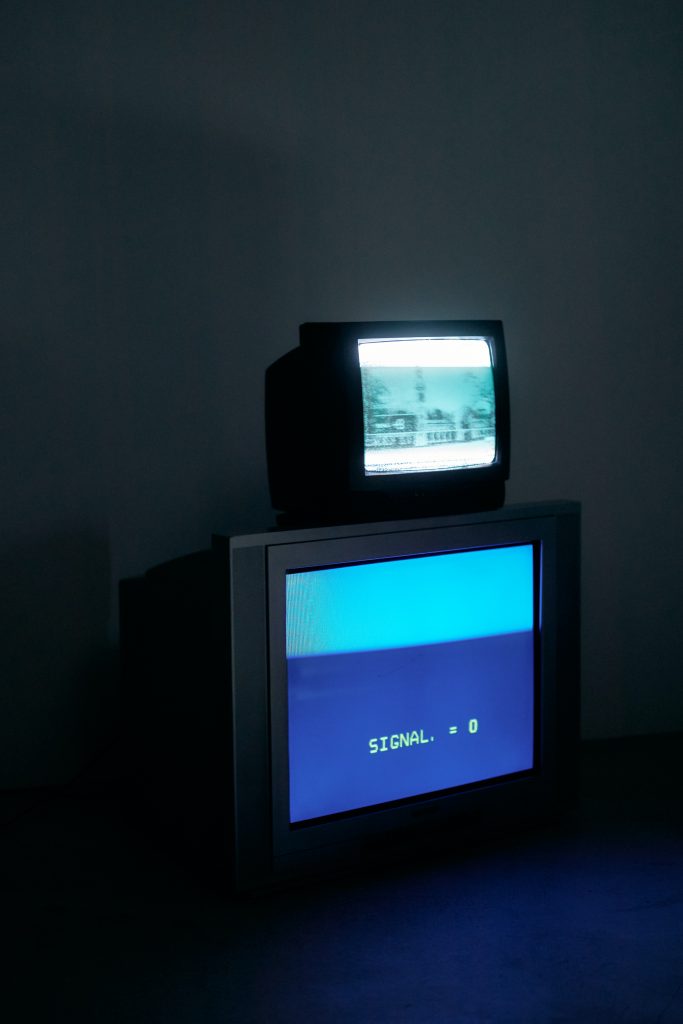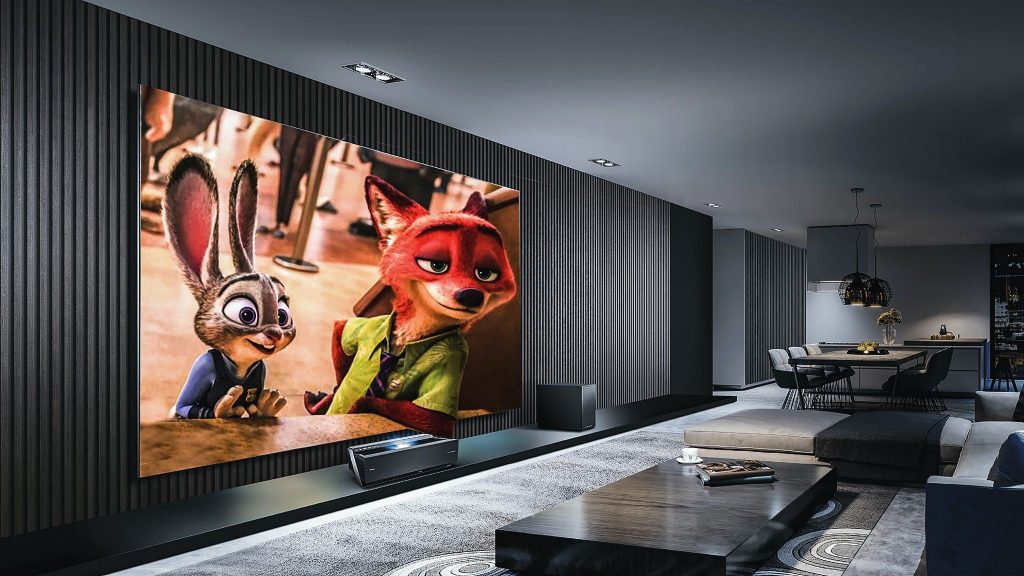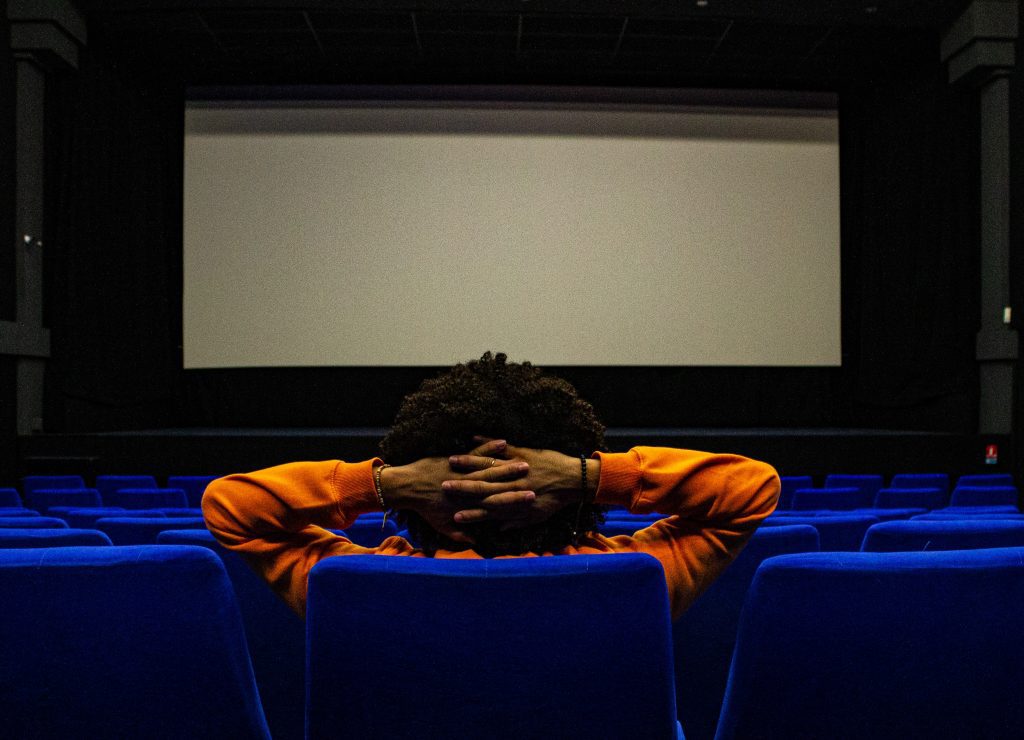Although TVs have dominated the home theater world, projectors provide a better cinema-like experience. Which one is a better option and why?

An Introduction
The TV industry has dominated the display market in the past two decades. We use our TVs for watching movies and series, doing our workouts, and almost every other part of our lives that needs a digital device as smart TVs get even smarter.
However, projectors have advanced in recent years too. Projectors offer bigger displays than TVs in the same price range and put less pressure on the eyes. TVs have the aesthetic advantage over projectors since they are more eye-catching, especially when paired with a vintage wooden table and good sound system. Let’s get into their pros and cons, a step-by-step comparison, and, further on, see which option is the best home theater option.
TV vs. Projector Comparison
Fitting in house
For the standard long throw projector, distance is needed to create a big image on the screen; otherwise, the resulting picture would be rather small. That’s not the goal of purchasing the projector.
Other projectors are also available for small spaces: short throw and ultra-short-throw projectors. A short throw projector is inexpensive for most people, but an ultra-short throw projector is kind of expensive for almost every household.
The same goes for TV. Although every size of a TV is available, TV’s screen size must be selected according to the room size. For big rooms a big TV is also preferable so you can sit at the proper distance to get the appropriate viewing angle. Otherwise, buying a small TV is a better option. For any house size, both the TV and projector have diverse options available.

Installation
TV is effortless to handle for any person, and most people who read this article have interacted with a TV once in their life, but many people do not accept the projector. Buying a new TV is quite straightforward: just unpack the TV and put it over the TV stand or hang it from the wall with the help of at least two other people. Connect it to the power source and any video source; your TV is ready to use.

But the projector installation process is not as easy as the TV. An appropriate projector screen size is needed for the perfect projector setup, and the projector must be put at an ideal distance to get the intended big image. The projector can be set over a table or can be hung from the ceiling. Observers must sit in the right place in accordance with the projector screen in a way that they don’t need to move their necks when watching a movie. Ambient light must also be controlled: too much of it would decrease the contrast of the projector screen.
The Screen Size
Because of the screen size, the projector feels very special. No matter where the projector is used, when it comes to big screen size, it sounds like a challenging option for TV.

With an excellent thousand-dollar projector, a 100 to 150-inch screen is at hand in almost anywhere. But when it comes to the TV, big screen TVs are a lot harder to buy. Even an expensive TV doesn’t provide a big immersive screen like a projector.
Eye Strain
Eye comfort is crucial when comparing the two technologies because people spend lots of their time in front of both displays, so it’s essential to choose wisely and know which display hurts the eyes less.
Both the TV and projector emit Blu-ray light which is naturally present in nature. But the way they affect the eyes is different.
When watching TVs, the Blu-ray light instantly affects the eyes, which is the reason for dry/red eyes and dizziness after sitting in front of them for so long. This type of effect is severely harmful to the eyes.
Whereas in the projector, the Blu-ray light indirectly affects the eyes. First, the projected light falls on the projector screen, and that light reflects straightly into the eyes, which is not as harmful to the eyes as in the case of TV. So, these vital health facts directly related to your eye health must be considered before making any purchase.

Tonal Accuracy
Both these options have exemplary color tone technology. In the projector, there are three types of color production technology used. 3LCD, DLP, and LCOS mainly. The most cost-efficient option, the 3LCD projector, gives the most accurate and luminous color on a preferred screen.
TV also has its color production technology, which helps it deliver the best color with great tonal accuracy on a screen. HDR option is also available on both devices mentioned above. So, in terms of tonal accuracy, both the TV and the projector are identical.

Contrast
Contrast refers to the black and white levels of the pictures on a screen, and anyone can figure out the projector’s brightness by looking at the lumens number of their projector. To judge a projector based on its brightness, we suggest referring to the ANSI lumens of the projector. TV contrast truly shines in the ambient light, but a projector’s contrast cannot be compared to a TV’s.

Brightness in Ambient Lighting
It will be clarified in this section why projectors stumble much more than TVs. Projectors cannot provide an image as bright as TVs do. In the presence of immense amounts of ambient light, projectors cannot create a quality image with the help of any technology.
TV is always a winner when it comes to brightness because TV will always give you the most luminous image quality. The maximum brightness that can be output by a TV is 930 nits in SDR. And in the HDR, it reaches 2,000 nits. The Samsung 65Q9 TV achieves this level of screen illumination. Furthermore, among the projectors, the maximum lumens achieved is 2000 lumens in lamp projectors, no matter where you are using the projector; whether inside the home, in the presence of ambient light, or outside the home.
Sound Quality
Most projector speakers are low-end and terribly built; even if a projector has good speakers, they are practically useless in the projector setup because of how we use the projector. To get the biggest and sharpest screen from a projector, it must be located behind the observers on the rack or hung from the ceiling to get a tidied setup.
So even if the projector is equipped with high-end speakers, you will not get a pleasing sound from it. In addition, not everyone can afford the ultra-short-throw projectors because they are the only ones available for purchase with impressive speaker quality, which is why people connect their projector with a soundbar or wired speakers (sometimes wireless too). Either way, the extra investment is needed in external speakers. But high-quality speakers would do the trick with a TV in front of observers, and even some external speakers can be exploited to get a 3D high-quality sound.
Using Them in Home Theaters
Home Theater is a room dedicated to consuming audio and visual content with adequate lighting. People have it in their homes for entertainment purposes. An accurately-chosen projector in that type of place is the best option for a variety of reasons.
In the dedicated home theatre room, the ambient light would no longer be a problem that has the most disrupting effect on the quality of projectors. There are many native 4k projectors on the market, and they can create a great image like a TV on the big screen. That experience will be phenomenal, which is undeniable to any customer who has experienced it.
Assuming you have a dedicated home theatre room, we highly advise you to go with the native 4k projectors, for any purpose, like watching movies, clips, and cinematic experiences. Like a TV, gaming consoles can be connected to the projector without a hassle. Likewise, a streaming device like Netflix or Disney+ can also be connected to it, making it easy to watch all your favorite movies and easily access your most used apps online.

Conclusion: Are Projectors Better Than TVs?
It would be best to consider various factors before deciding between a TV and a projector; our guide isn’t comprehensive. To get a model with the newest features, you will probably have to go for a TV. Almost all projectors are switching to High Dynamic Range and 4K quality, but they’re not as omnipresent as TVs with those markers.
Gaming is also specific to TV because even some of the fastest projectors will offer two-digit input lag. You will also like to pay attention to your exact projector model. Though many projectors are now using LED light sources to be able to function for years to come, some still use specific and costly bulbs that will work perfectly for several thousand hours before they burn out and force you to replace them.
For the most part, a regular TV will do the trick. Many options deliver excellent quality at low prices, and the plainness of fixing them up at your house makes them a better choice for most people. They are not as portable, but TVs are not regularly moved around the house, even if highly portable.
Projectors, meanwhile, offer a unique alternative. They can provide massive images while being more portable than TVs. They require a bit more legwork to set up and give a fantastic picture quality, but if you’re not a perfect and sharp picture fan, you will experience greatness with any projector, whether high-end or mediocre.


